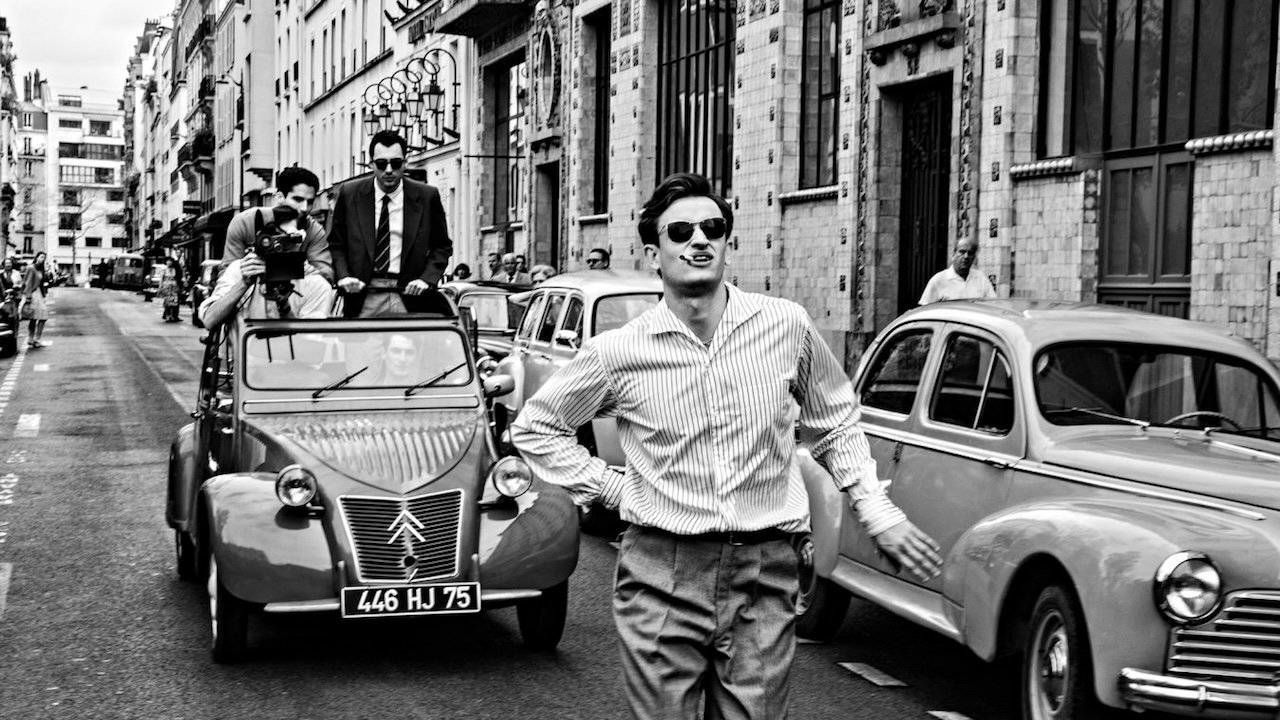The Waking Dream of Cocteau’s Beauty and the Beast
Jean Cocteau’s Beauty and the Beast is a tale of smoke and mirror.
You know the tale, or at least a variation of it: the French maiden Belle (Josette Day) lives a simple life, suffering at the hands of her capricious sisters and fending off the romantic vows of the foolhardy Avenant. Her only real source of consolation is her dear father. Unfortunately, she’s about to suffer a much stranger fate because of her father’s wayward fingers.
As he wanders through the woods one day, Belle’s father (Marcel André) happens upon a foreboding castle, wreaked by time and forest. Curious, he wanders in to find a troubling hall lit by living sconces, a table with hands that pour wine, and a fireplace decorated with faces a little too lifelike. It’s all too much for him—and who could blame him?—so he dashes away. But on his way out, he plucks a rose for Belle. A fatal error: the Beast, cruel creature so darkly refined, confronts him on punishment of death. But the Beast offers him an out—one of his daughters can return to take his place.
Belle takes her place as sacrificial lamb, but the Beast doesn’t kill her. Instead, he entraps her in this castle and falls in love with her, swearing his devotion. Fear and hostility subside into the fervor and abasement of a capital-g Gothic romance.
The star is the production design. The forest pervades the castle; Belle’s room is pillared by ivy, rendering even the idea of walls and doors and windows superfluous. Arms reach out of walls to open curtains and holds candlesticks—always helpful, but never comforting. It’s never nightmarish, but it’s genuinely macabre. Cocteau creates a sense that not even Disney, with the height of their animation talent, can match. It goes all the way to the sparkle in Magnificent’s hair.
The costumes are likewise memorable. Belle’s simple clothing is replaced with ornate, beaded black dresses. The Beast’s regalia goes even further, commanding a sense of royal awe. Large, shouldered armor drapes down a cape from either side. It’s imaginative, it’s wondrous.
Cocteau could tell this tale simply, but he pours his all into turning this romance into an oneiric fire. After the design, the film’s greatest strength is the veracity of the performances. Jean Marais plays the Beast in great rasps, as though every statement tears his heart anew. (He also plays Day’s wishful paramour Avenant with a silly dose of confidence, drained of the Beast’s mannered dignity.) Day is sincere; never is there a hint in her or Marais that this is a dream, or a fairy tale, or outside the realm of reality. The characters’ experiences constitute the logic that they must live with. Magical objects bear their own rationality, as do improvised vows. Everything bears the weight that it must.
The honesty with which the characters treat their circumstances encourages the audience to do likewise with this scenario. Yes, we know this is presented as a child’s fable; Cocteau goes so far as to state that from the start. Yet he asks our willingness to dive into this tale. There is no fourth wall here—it vanished like a mist upon arriving at this castle. If we want to get through this dream, we best play by its rules. Until then, we’re simply a guest in this strange world.



